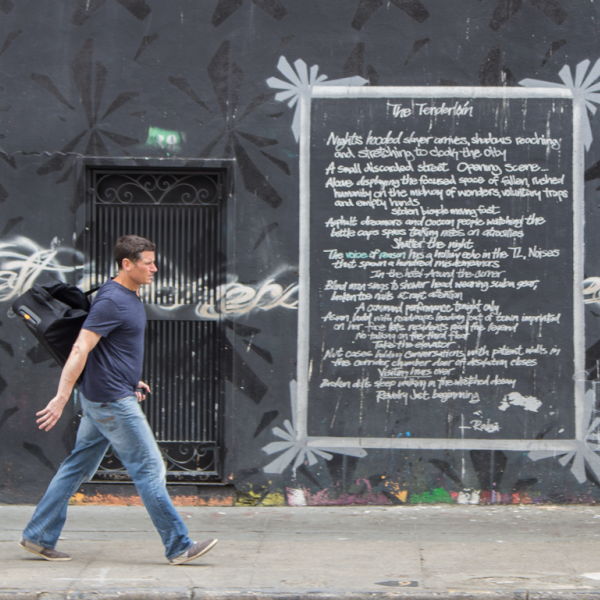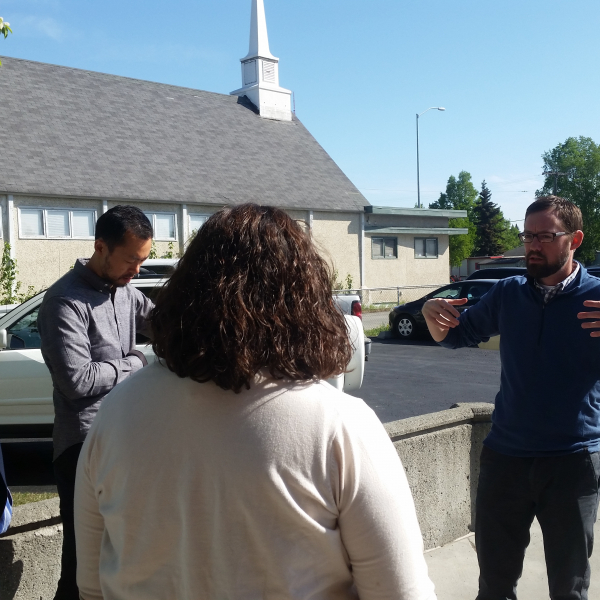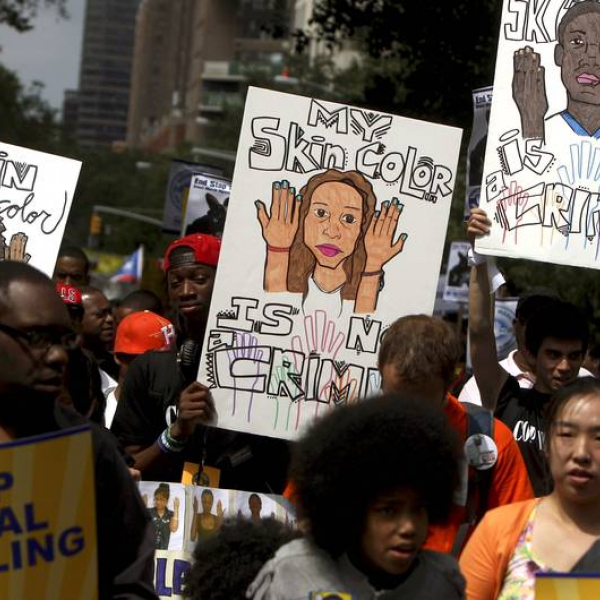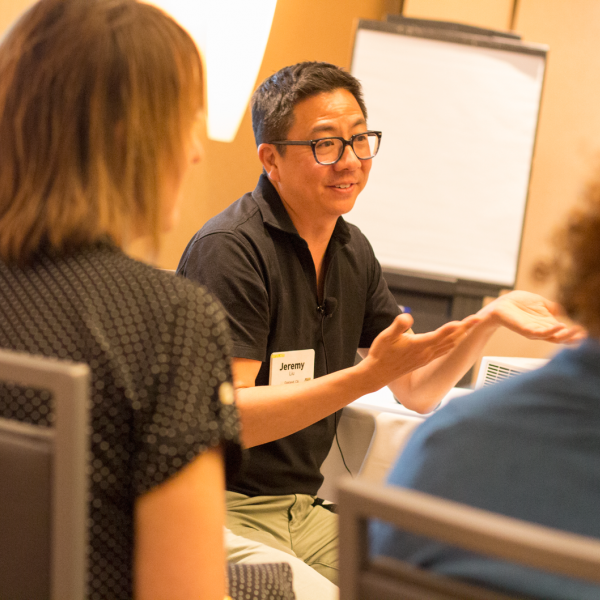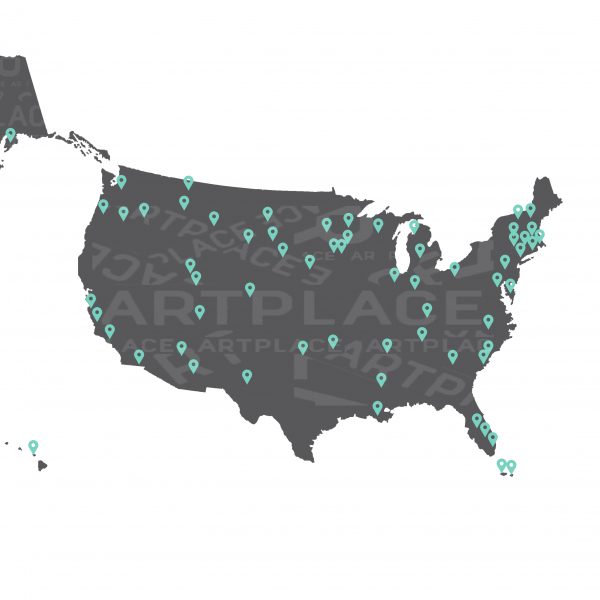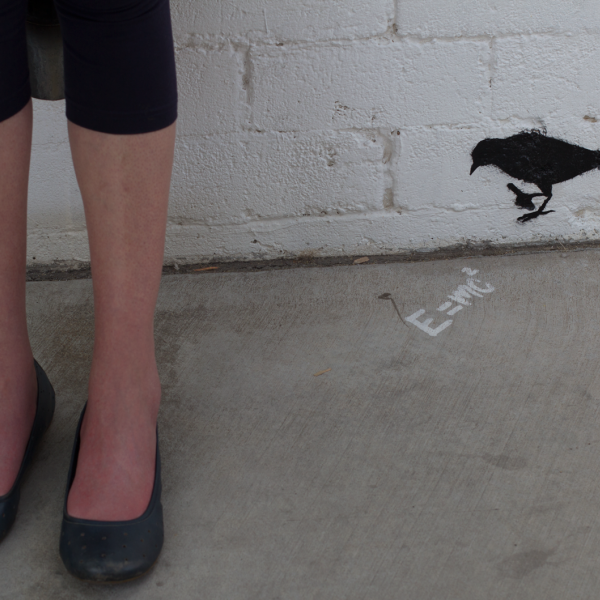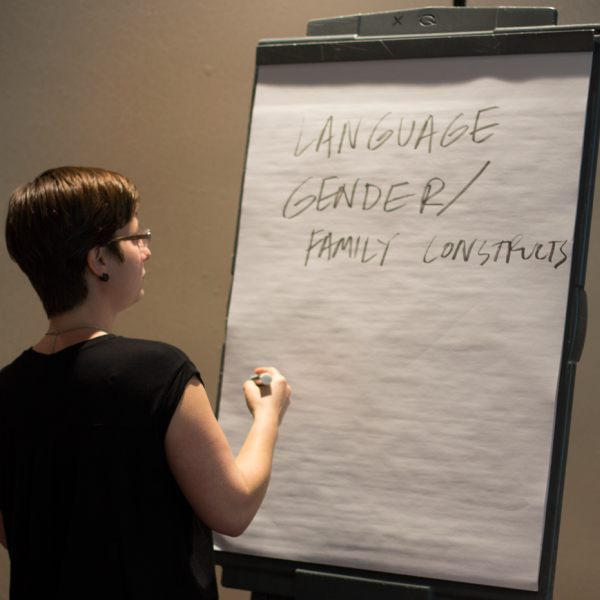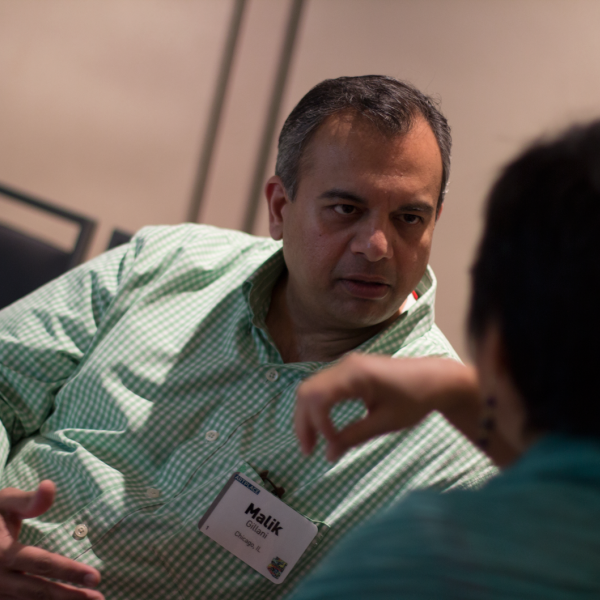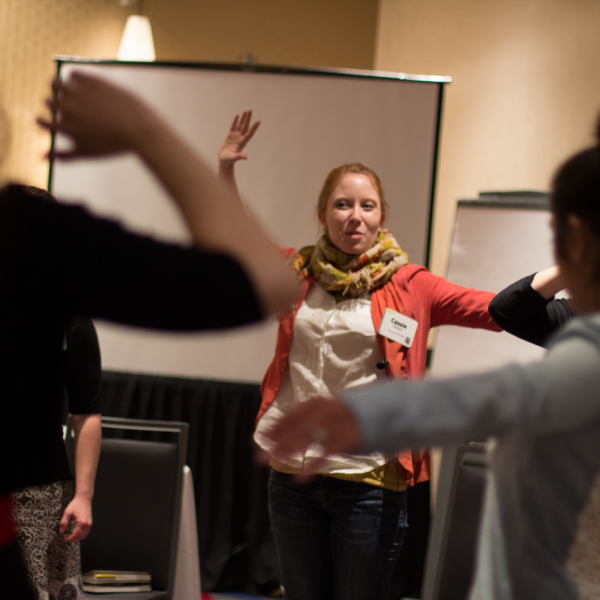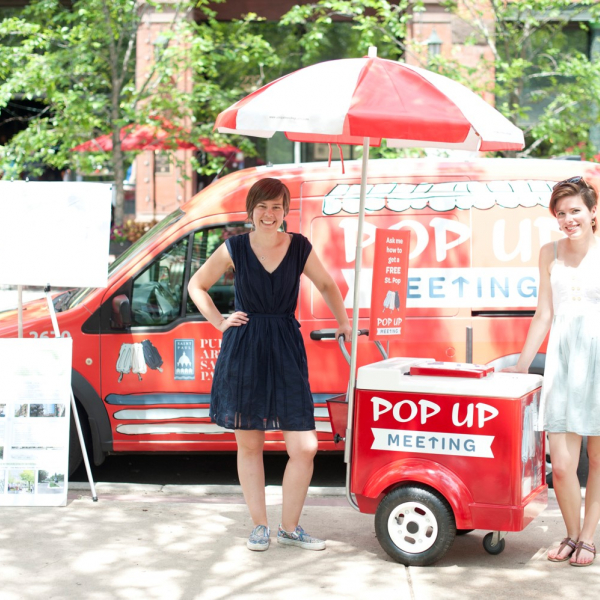"Any strategy for cultural equity must come from significant numbers of people who share a common experience that in turn becomes an energy force for change," says Hanmin Liu, the president of the Wildflowers Institute, a nonprofit devoted to "discovering the informal ways that things get done in a community and the leaders and activities that quietly make a difference". A 2014 ArtPlace Grantee, Wildflowers has devoted the past several years toward identifying the connection between artists and other residents in San Francisco's Tenderloin neighborhood. That connection -- or 'energy force', as Hanmin describes it -- is "healing". Last week I had the privilege to speak with Hanmin and his wife, Jennifer Mei, who runs the institute with him. Together they accompanied me through this fascinating section of the city, educating me on the many 'gems of the Tenderloin'.
28.07.16
We are now just over nine months into ArtPlace America’s three year Community Development Investments (CDI) program, which provides funding and technical assistance to community development organizations who haven’t previously had a significant history of working with arts and culture. The first nine months of the program have been focused on learning core concepts of creative placemaking, undertaking cultural asset mapping activities, and beginning to plan projects with local communities.
25.07.16
I have spent the last few weeks – along with my ArtPlace colleagues and many of you – heavy hearted and reflecting on how recent violent and tumultuous events have affected the communities we support across the country. Several responses – many of them by artists – have helped me make sense of these times, reflect, and find hope. I am sharing some of those creative responses here, giving you the opportunity to see them perhaps in a different light, or to discover them for the first time.
13.06.16
ArtPlace America strives to make investments in projects that achieve real, sustainable change through creative placemaking. But how do we know change is happening? How do we measure it, quantify it and document it? At this year’s ArtPlace Summit in Phoenix, AZ we asked our attendees to focus on examining their experiences with defining progress. In the “Turning Within: Accommodating New Ways of Working” breakout session, we heard from Brian Friedman, executive director of Northeast Shores Development Corporation in Cleveland, OH, about his organization’s mission to revive Cleveland’s Collinwood neighborhood, an area deeply impacted by the housing and foreclosure crisis.
07.06.16
We’re off to the races. This year is going by at the speed of light for us on the NCPF team! In early March, ArtPlace received and began to process the almost 1,400 applications submitted to the National Creative Placemaking Fund this year. Leila and I, along with an amazing network of 48 brilliant peer reviewers from communities across the country, got to learn about some incredible people and places all across the country through the stories, maps and videos that were shared with us.
26.05.16
Our attendees at this year’s ArtPlace Summit in Phoenix, AZ dug into the question, “How will the arts help achieve community change?” Attendees in the “Creating Art in & for Place: Methods for Locale-Minded Curation” breakout session quickly agreed that art and culture are not a band aid for wider community issues – they are tools to be used as part of a holistic place-based strategy. “Our approach has been to start with community needs first, and then look at how and in what ways the arts can be a tool that responds to those needs,” one attendee said.
19.05.16
How do we move the field and our knowledge from a beginning, more remedial understanding (101) to a more advanced, thoughtful understanding (201)? What resources, frameworks and initiatives should we be working on to ensure the growth and sustainability of creative placemaking projects? At our recent ArtPlace Summit in Phoenix, AZ, we asked our attendees to break down these complex questions. Today we’re going to look back at the two sessions, which dealt with the question “What is the desired community change?”
12.05.16
ArtPlace often refers to the “Four Questions” that each creative placemaking project should ask. These are four great questions to ask at the onset of a new undertaking, and they also align with the overall lifecycle of a project (e.g. initial research, strategy formation, implementation, and reflection). These are difficult questions that deserve some deep thought, so during the second day of the ArtPlace Summit in Phoenix, AZ, we asked attendees to focus their collective brainpower on parsing pieces of the puzzle via breakout sessions.
05.05.16
As we continue unpacking the 2016 ArtPlace Summit, we’d like to take a look back at the Artistic Breakout Sessions and the valuable insights that emerged. The goal of the sessions was to dive into nine arts disciplines and understand how these disciplines best address community development challenges and opportunities. These disciplines included: Craft & Culinary, Dance, Design/Architecture, Film Media, Folk/Traditional, Literature, Music, Theater, and Visual Arts.
28.04.16
As we re-cap this year’s ArtPlace Summit in Phoenix, AZ, we’d be remiss if we didn’t highlight the two most talked about plenary sessions: “Creative Placemaking: When Artists are at the Planning Table” and “Artists Engaged in Public Safety, Housing and Public Health.” In his opening remarks, Jamie Bennett, executive director of ArtPlace America, called the lineup for the former panel “ideal”, saying, “For once in our lives we actually got it. We got the dream team.”






